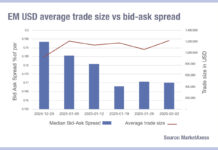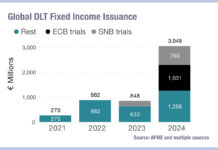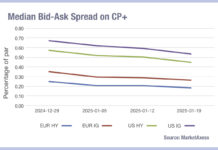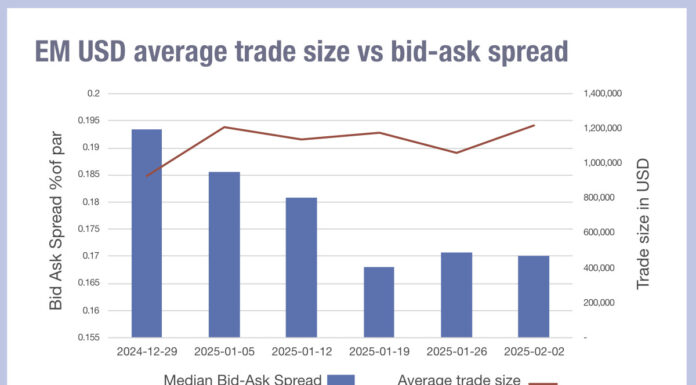A new paper by analysts from Morgan Stanley and Oliver Wyman has identified two main drivers for change within wholesale banking over the next year: the end of lower for longer rates; and the potential for diverging bank risk-capital standards between the US and other jurisdictions, both of which could have major outcomes for the sector.
The paper, entitled, ‘Into the Great Unknown,‘ finds that combined these two dynamics could have “major implications for the financial system and credit availability”.
In the wake of the US banking crisis in Q1 2023, which saw an incredibly rapid drawdown of funds for Silicon Valley Bank, US market supervisors determined they should increase capital rules for banks to shore up their ability to handle risk and potentially reduce the systemic effect.

Written by a joint team including equity analysts Michael Cyprys and Betsy Graseck of Morgan Stanley, plus Oliver Wyman partners, Dylan Walsh and Ronan O’Kelly, it noted, “If the capital rules are finalised as currently written, which are much stricter than global standards, they could pressure business models and catalyse share shifts from US banks to non-US banks and non-banks over the coming decade.”

As with Dodd Frank, the concern is that regulation could reduce engagement from traditional banks but drive activity elsewhere, hitting liquidity and even central bank effectiveness.
“This could further push liquidity and risk outside of the regulated banking system, ultimately reducing the percentage of the economy influenced by banks, which could limit the efficacy of future monetary policy actions that are traditionally executed through the banking system,” they wrote. “In addition, reducing bank lending as a percentage of total lending would also reduce the benefits generated from fractional reserve lending, which drives a higher GDP multiplier than non-bank lending.”
Although the paper acknowledge that the impact and outlook will vary according to the business line and therefore by institution, it did pick out three factors that banks would need to leverage in order to find advantage in the situation:
- Ability to drive robust interest income: The first beneficiaries of this shift have been Transaction Banking and Securities Services businesses, for whom the benefit of expanded NIM is supplemented by an attractive deposit base for funding and liquidity management across the broader wholesale banking perimeter. Despite NIM compression and balance migration as clients term out deposits and funding costs rise, the net interest income (NII) pool will remain structurally above pre-pandemic levels in all scenarios. We estimate the structural growth of interest income over the 2019-2025 period will be ~US$35 billion, peaking at US$40 billion in our base case in 2023.
- Scale in liquid trading to capture sustained volatility: Macro shifts have roiled financial markets since 2019, punctuated by significant events including the COVID shock from 2020, and the Ukrainian conflict from 2022. Quantitative tightening across most major economies, active rates policy, and energy price shifts are expected to continue to drive volatility in Equities and Macro products in the coming years, boosting demand from a wide range of corporate and institutional clients. We estimate the structural growth of volatility-driven revenue pools over the 2019-2025 period will be ~US$35 billion – resulting in revenue pools only marginally lower than the peak of $45BN in 2022. Banks with robust infrastructure, balance sheet capacity, and expertise should be able to capitalise.
- Access to rapidly growing businesses and markets: Two secular forces should remain front-of-mind for banks in the new lending environment. First, financing the climate transition continues to be a structural opportunity for banks, spurred by ambitious net zero commitments and policy incentives, such as the US Inflation Reduction Act. This opportunity will come in many forms, including transition finance, transition advisory, and risk management across existing and new markets carbon trading, that will grow as industries rebalance supply and demand. Second, growth in the private credit industry has been rapid, both threatening key wholesale banking revenue streams e.g. leveraged finance, and offering new opportunities from co-origination, structuring, and fund financing to risk management. Banks with balance sheet capacity and robust client relationships across origination and distribution should see at least US$10 billion in additional revenue across these two growth areas by 2025.
©Markets Media Europe 2023
























